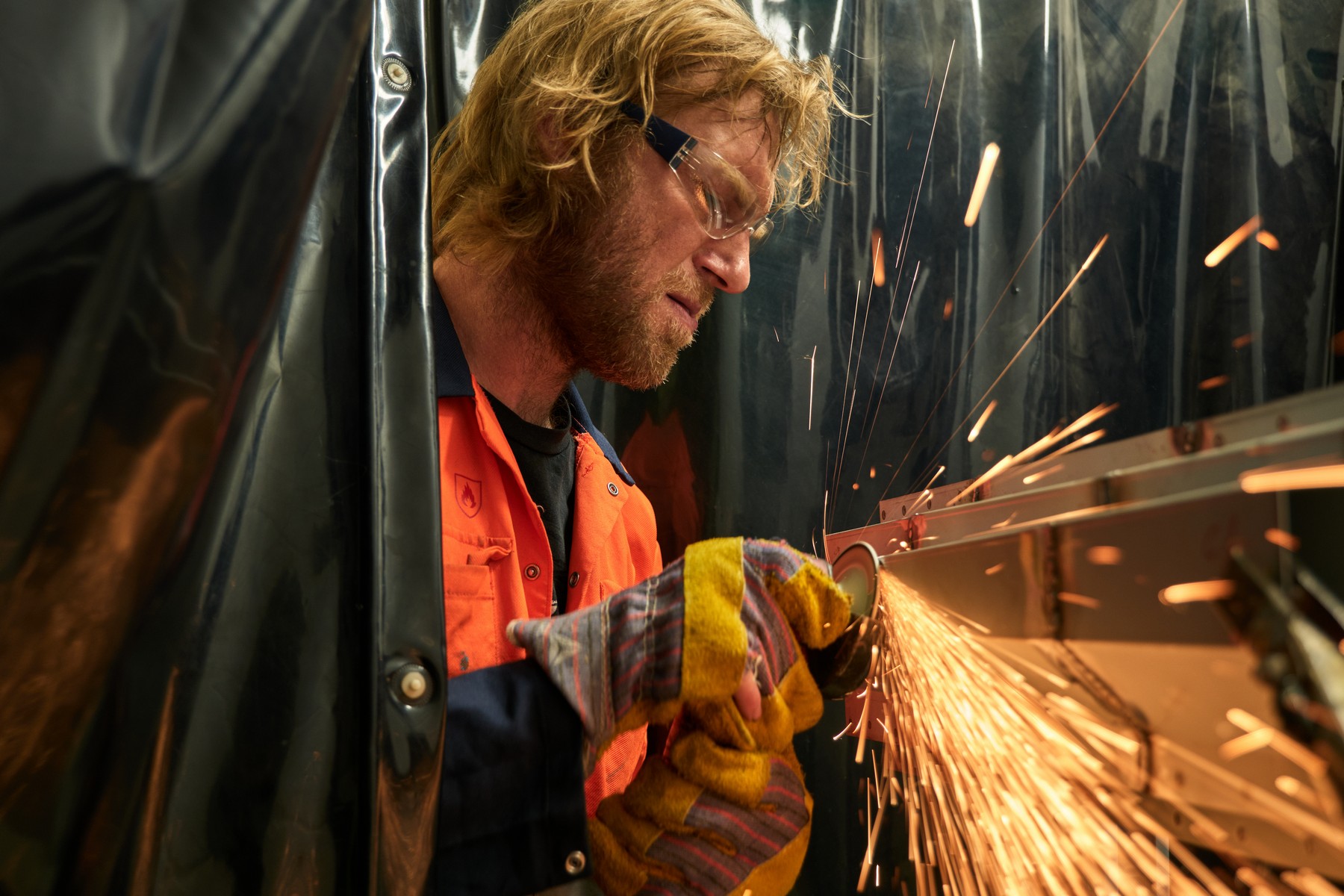When deciding on a vehicle inspection pit for your workshop, you face an important decision: Should you choose a prefabricated (prefab) pit or a traditional brick-built one? Both options are significant investments and require permanent changes to your workshop. Understanding the pros and cons of each type can help you make the right choice for your business.
Water Ingress
One major issue with brick-built inspection pits is the potential for water ingress. Over time, even the most well-constructed brick or concrete pits can develop cracks and gaps, allowing groundwater to seep in. This can damage the structure, create a damp work environment, and introduce safety hazards, especially near electrical systems.
In contrast, a prefab inspection pit is a fully sealed unit with steel walls that are braced and constructed as a single module off-site. This design eliminates the possibility of water leakage, ensuring the pit remains dry and secure, which is crucial for both the longevity of the structure and the safety of your team.
Maintenance
While both types of pits are designed to last, maintenance is an important consideration. Brick-built pits require regular cleaning and upkeep, which can be challenging due to their rough, porous surfaces. These pits are harder to maintain, and the potential for water ingress further complicates cleaning and restoration efforts.
Prefab pits, on the other hand, are constructed with smooth steel walls and durable Durbar flooring, making them much easier to clean and maintain. These surfaces are more resistant to wear and tear and can be easily repainted when necessary, reducing the effort required for upkeep and ensuring a clean, safe environment.
Aesthetics
A prefab inspection pit offers a more modern and visually appealing working environment. The smooth, reflective steel surfaces not only improve lighting in the pit, enhancing safety and visibility for your team, but also create a brighter, more comfortable space. This is important for those who will be spending long hours in the pit. Additionally, the clean, modern look of a prefab pit can make a positive impression on customers, contributing to a more professional and polished image for your business.
Installation
The installation process is a significant factor when choosing between a brick-built or prefab inspection pit. Traditional brick pits require extensive on-site construction, often taking several weeks to complete. This can lead to significant disruption, affecting your workshop’s productivity and causing delays that may hurt your business.
Prefab pits, however, are manufactured off-site and delivered as a single unit, minimising on-site work. Once the groundworks are completed, the prefab pit is simply delivered and installed, significantly reducing installation time and disruption. The streamlined process ensures that installation is faster and more efficient, making it a great option for businesses that need to minimise downtime.
Conclusion
Both brick-built and prefab inspection pits have their merits, but for many workshops, the prefab option offers clear advantages in terms of water resistance, maintenance, aesthetics, and installation speed. If you’re looking for a faster, more efficient solution with less disruption to your business, a prefab pit might be the best choice. For expert advice on which option suits your needs, consider consulting with a professional team to help you make the best decision for your workshop.




























